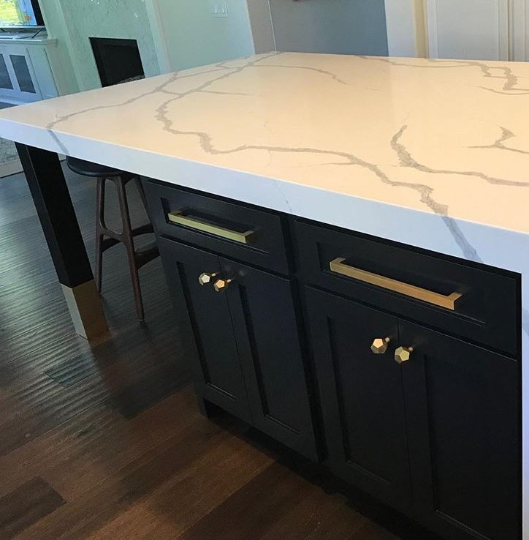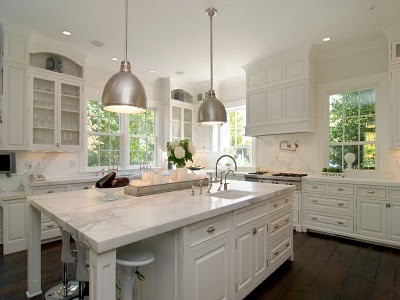Upgrade Your Kitchen's Visual with Costs Legs For Kitchen Island
Secret Considerations for Locating the Ideal Legs For Kitchen Area Island for Your Layout
When selecting the excellent legs for your kitchen island, a number of key considerations enter into play that can considerably affect both performance and aesthetic appeals. The option of height, design, and product must align with your general kitchen style to make sure an unified appearance. In addition, stability and maintenance demands are critical for long-term usage and convenience of treatment. Recognizing these factors can improve your cooking area's practicality and visual charm, however the nuances of each factor to consider can commonly be overlooked. What implications might these options carry your kitchen's general environment?
Determine Your Design Choice
Identifying your design preference is vital when choosing the excellent legs for your kitchen area island. The legs of your kitchen area island not only offer a useful objective yet also contribute substantially to the overall aesthetic of the area. Identifying your design style-- be it contemporary, rustic, conventional, or industrial-- is crucial.
For a modern-day kitchen, consider sleek, minimalistic legs that complement clean lines and open rooms. In contrast, a rustic setting might take advantage of more robust, farmhouse-style legs made from redeemed products. Traditional kitchens typically prefer transformed or elaborate legs, which can include a touch of elegance and class. A commercial visual might call for metal legs that emphasize a raw, unfinished look.
Furthermore, take into consideration the elevation and percentage of the legs in relation to the island's surface area. Ultimately, your design preference will certainly affect not just the selection of legs however additionally the general consistency of your kitchen's layout.
Pick the Right Material
Selecting the best product for your kitchen island legs is critical in ensuring both toughness and visual allure. Numerous materials offer distinct advantages, and the option typically reflects your design preferences and useful demands.
Timber is a preferred selection, supplying warmth and convenience. It can be discolored or painted to match your kitchen area design, making it versatile to various styles, from rustic to modern. Wood might need regular maintenance to maintain its look and honesty.

If you seek a special touch, take into consideration acrylic or glass products. They can produce an impression of area and lightness in your cooking area, making them a superb option for smaller sized locations - Legs For Kitchen Island. However, these choices may need careful handling and upkeep to prevent scratches.
Inevitably, the product you select must align with your kitchen area's overall style, ensuring that the legs serve both decorative and practical purposes.
Consider Height and Proportions
When developing a kitchen island, elevation and proportions play a vital function in making certain capability and comfort. The typical height for a kitchen island typically varies from 36 to 42 inches, straightening with traditional counter heights or bar elevations, specifically. This measurement is important for harmonizing with bordering stools and kitchen counters, making it possible for ease of use during meal preparation and social communications.
In addition, the island's proportions have to enhance the general cooking area format. Consider the ratio between the island's size and length, ensuring it provides adequate surface location without crowding the kitchen area.
Additionally, the height of the legs or Check This Out base can influence the aesthetic appeal and functionality. Taller legs might lend a much more contemporary, airy feeling, while much shorter ones can evoke a traditional, based look. Eventually, thoroughly taking into consideration height and percentages will cause a cooking area island that is both functionally efficient and visually attractive, enhancing the overall style of the room.
Assess Security and Sturdiness
A kitchen island's legs need to not just match its elevation and proportions but likewise provide adequate stability and sturdiness to sustain daily activities. The legs are important to the overall capability of the island, as they birth the weight of the kitchen counter and any type of extra tons, such as home appliances or food preparation tasks.
When examining stability, it is essential to consider the leg design and material. For instance, strong steel or strong hardwood legs usually provide remarkable toughness compared to lighter products like crafted wood or plastic. Additionally, a broader base can boost stability, lowering the you could try this out risk of tipping or wobbling throughout use.
Resilience is equally vital; the legs need to withstand damage from day-to-day use. Take into consideration surfaces that shield against scratches, dents, and dampness, specifically in a cooking area setting. Furthermore, examine the top quality of construction, such as fastenings and joints, which can considerably influence the legs' lasting performance.
Inevitably, buying well-crafted legs that focus on stability and durability will guarantee your kitchen island stays a trusted office for several years ahead, boosting your culinary experiences while keeping visual allure.
Factor in Upkeep and Care
Upkeep and treatment are crucial considerations for guaranteeing the long life and performance of kitchen island legs. When selecting legs, it is vital to review the materials made use of, as various alternatives need differing degrees of upkeep. For example, wooden legs may need regular refinishing or securing to avoid dampness damages and scrapes, while metal legs may need normal polishing to maintain their luster and protect against rust.
Furthermore, the coating put on the legs can influence maintenance requirements. A high-gloss coating might be less complicated to tidy yet can show finger prints and scrapes quicker than a matte finish. It is a good idea to pick materials and surfaces that enhance your way of life; for instance, if you frequently organize gatherings, select long lasting materials that can hold up against deterioration.
Additionally, consider the cleaning procedure associated with preserving these legs. Smooth surface areas often need very little effort, while detailed designs might collect dirt YOURURL.com and crud, demanding more labor-intensive cleaning approaches. Legs For Kitchen Island. Eventually, factoring in the maintenance and treatment required for your picked kitchen island legs will not only enhance their visual charm yet also ensure their functional stability gradually
Conclusion
To conclude, picking the optimum legs for a cooking area island demands cautious consideration of different elements, consisting of design style, material selection, stability, height, and maintenance. Each component plays a crucial duty in ensuring that the legs not just enhance the visual charm of the cooking area however also give the needed assistance and longevity for daily usage. A well-informed choice will ultimately add to a functional and aesthetically pleasing kitchen area setting.
The legs of your kitchen island not just offer a functional objective yet likewise add significantly to the overall aesthetic of the space.Upkeep and treatment are vital considerations for making sure the durability and efficiency of cooking area island legs. Wood legs might need routine refinishing or sealing to stop dampness damages and scratches, while steel legs might need regular polishing to maintain their shine and avoid rust.
Inevitably, factoring in the maintenance and care needed for your picked kitchen area island legs will not only enhance their visual charm yet also ensure their functional integrity over time.
